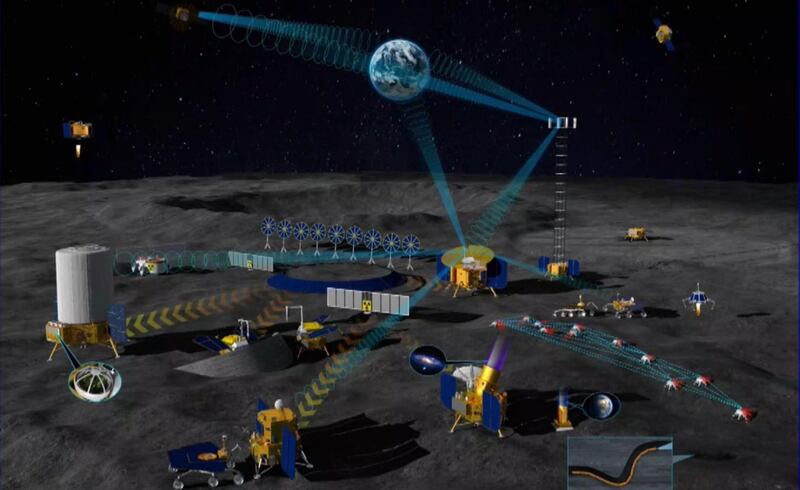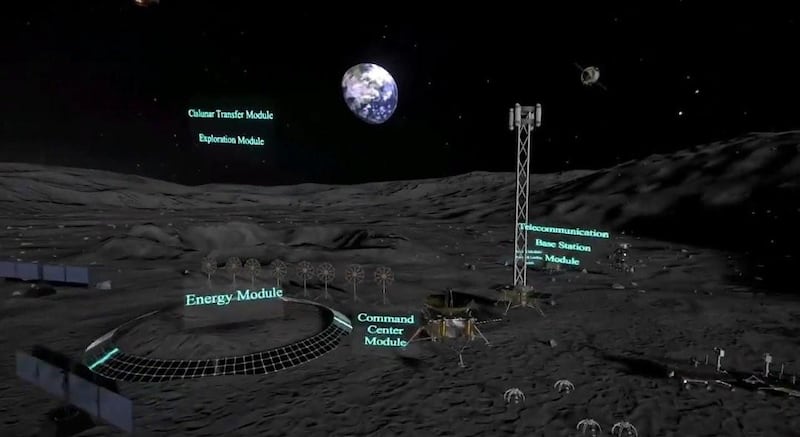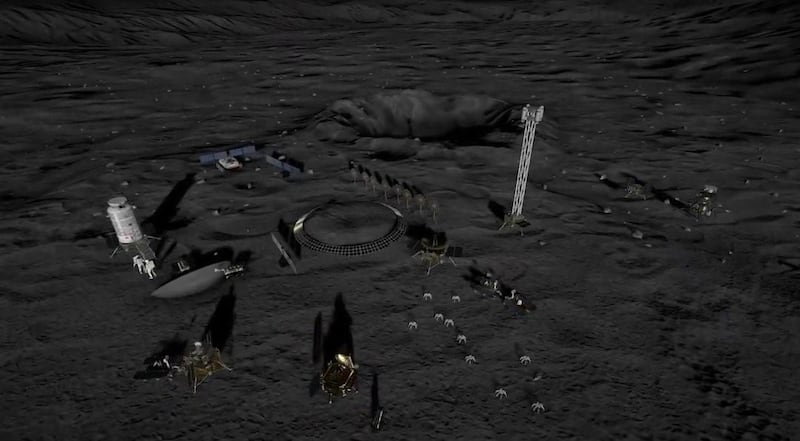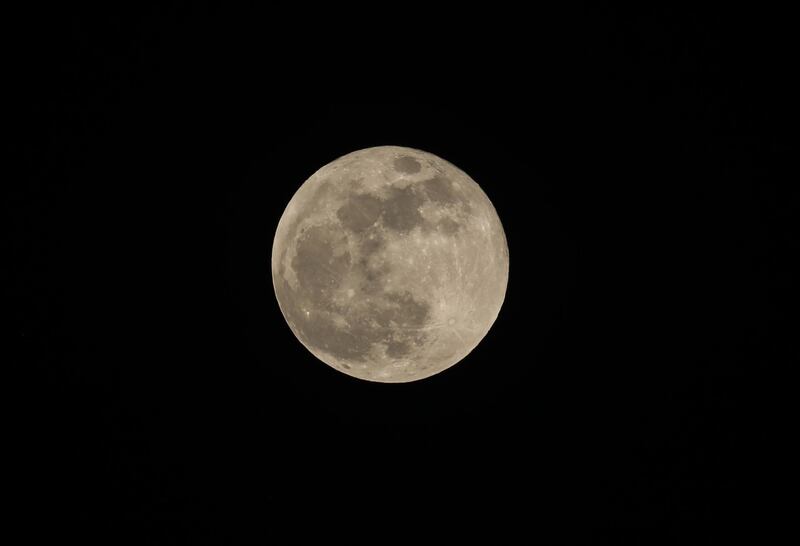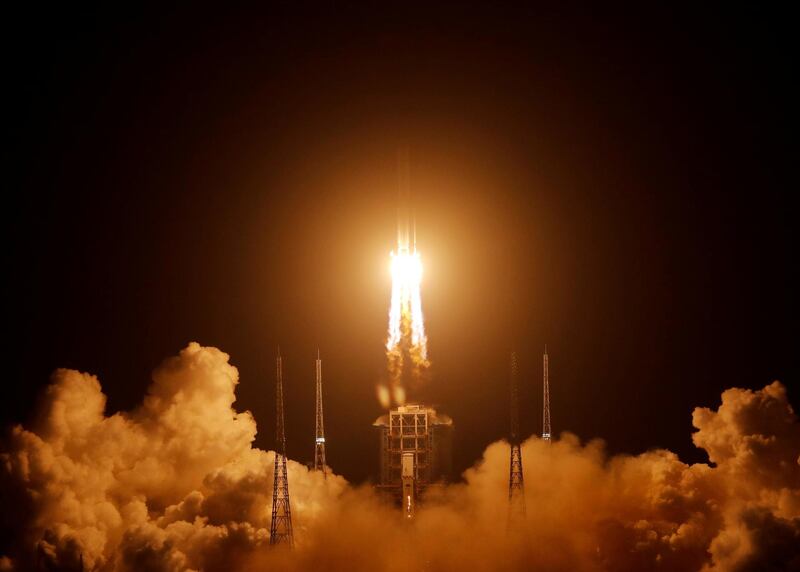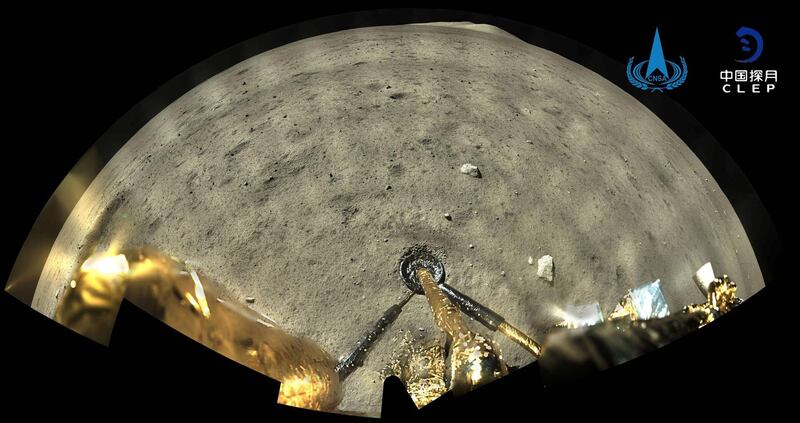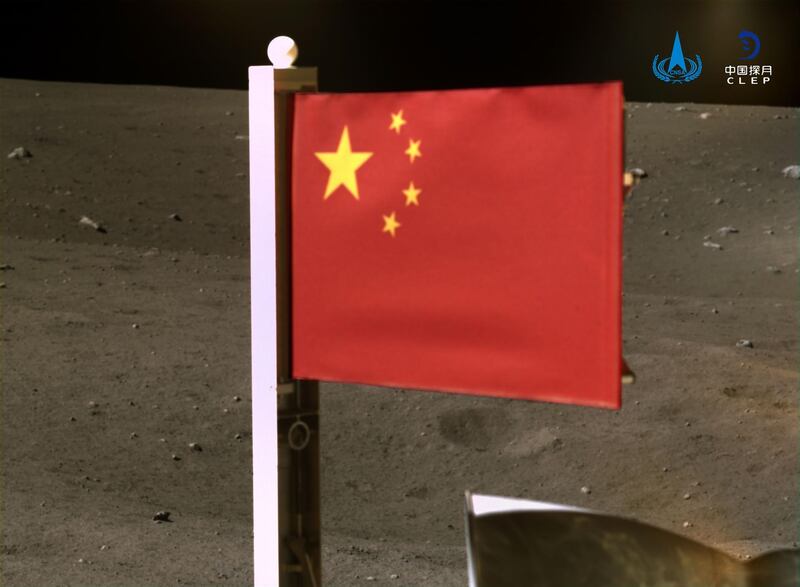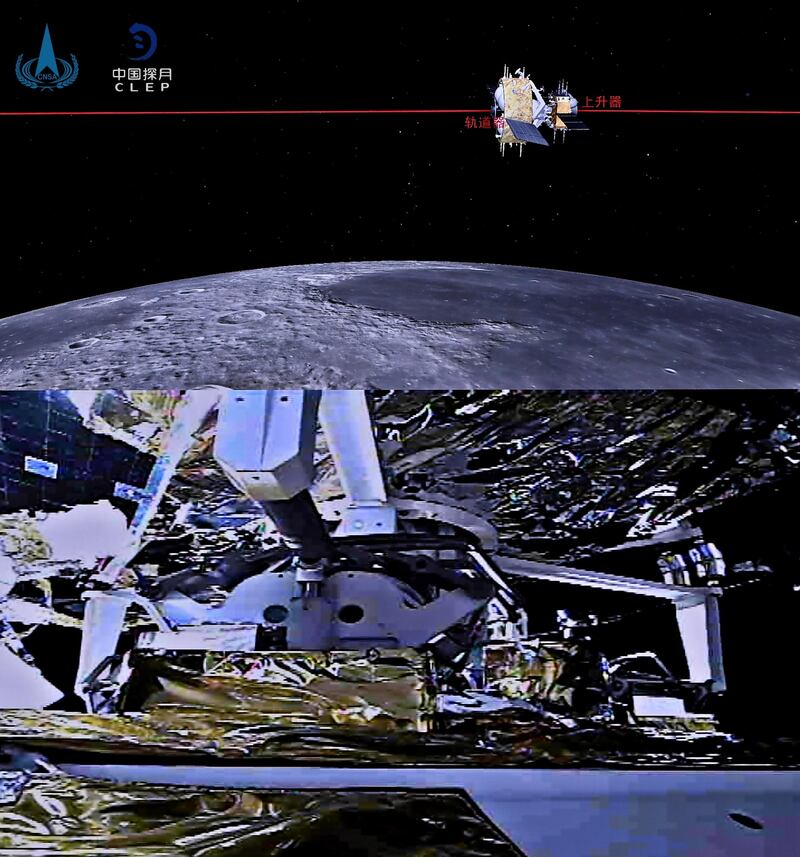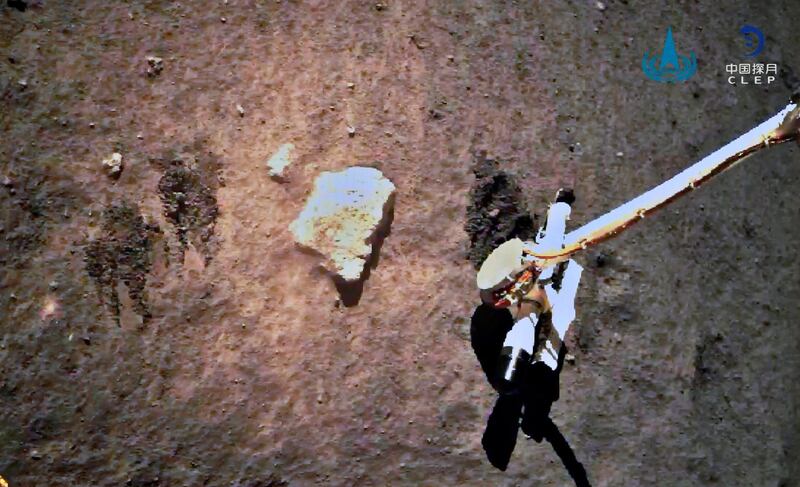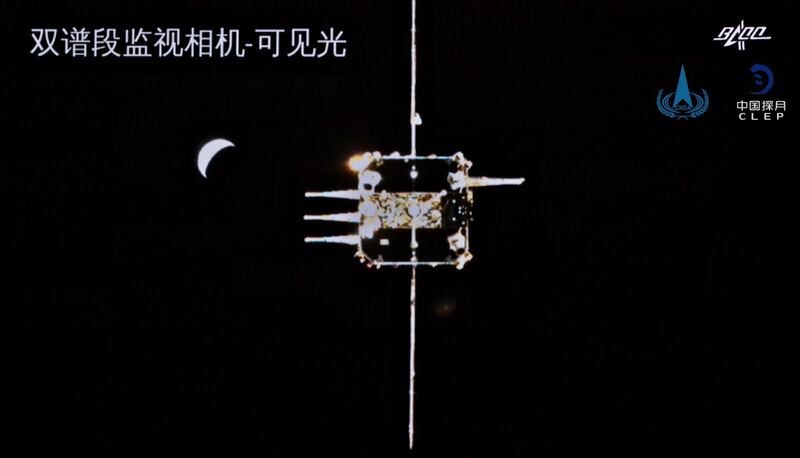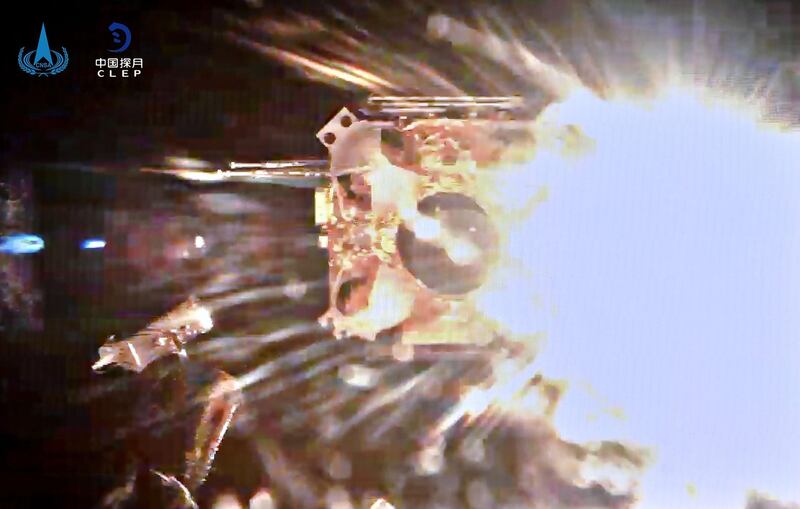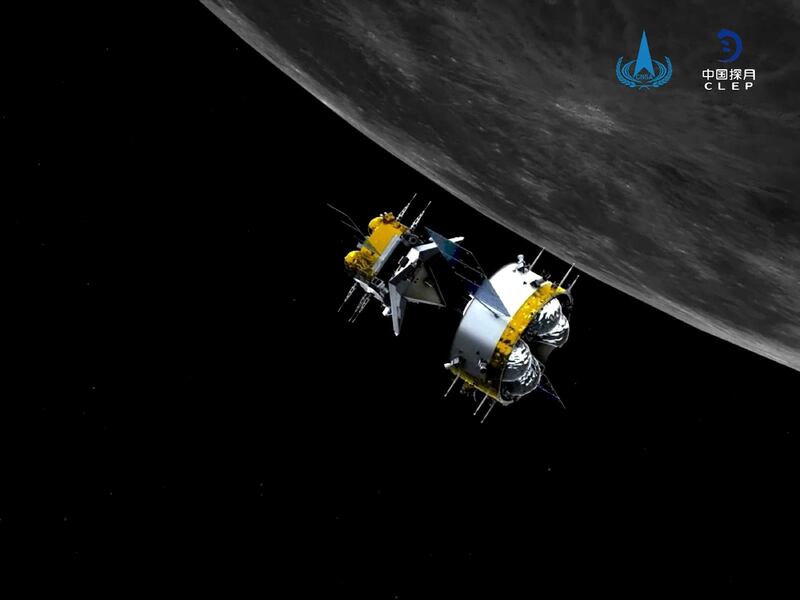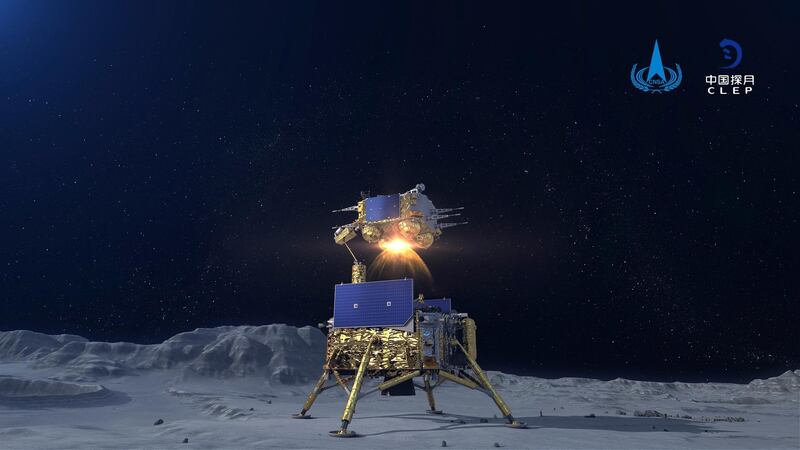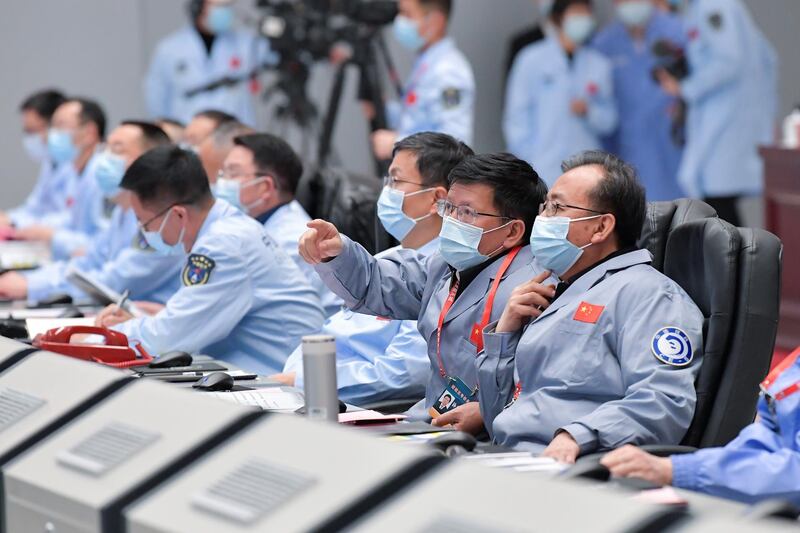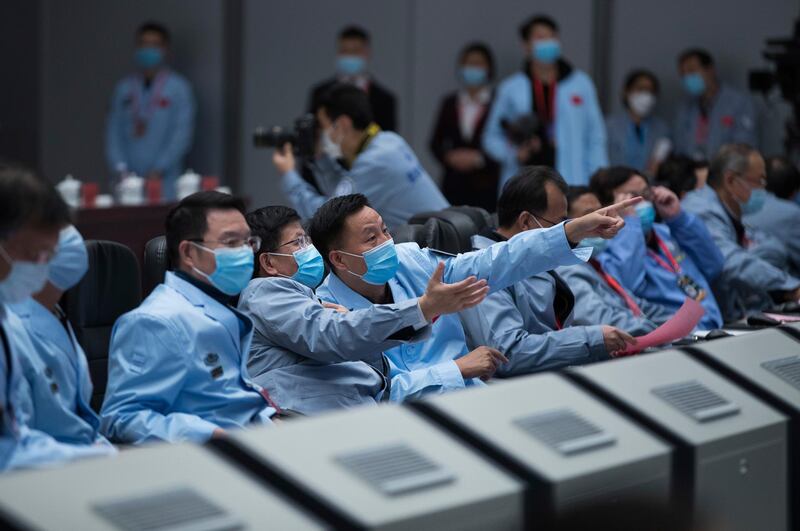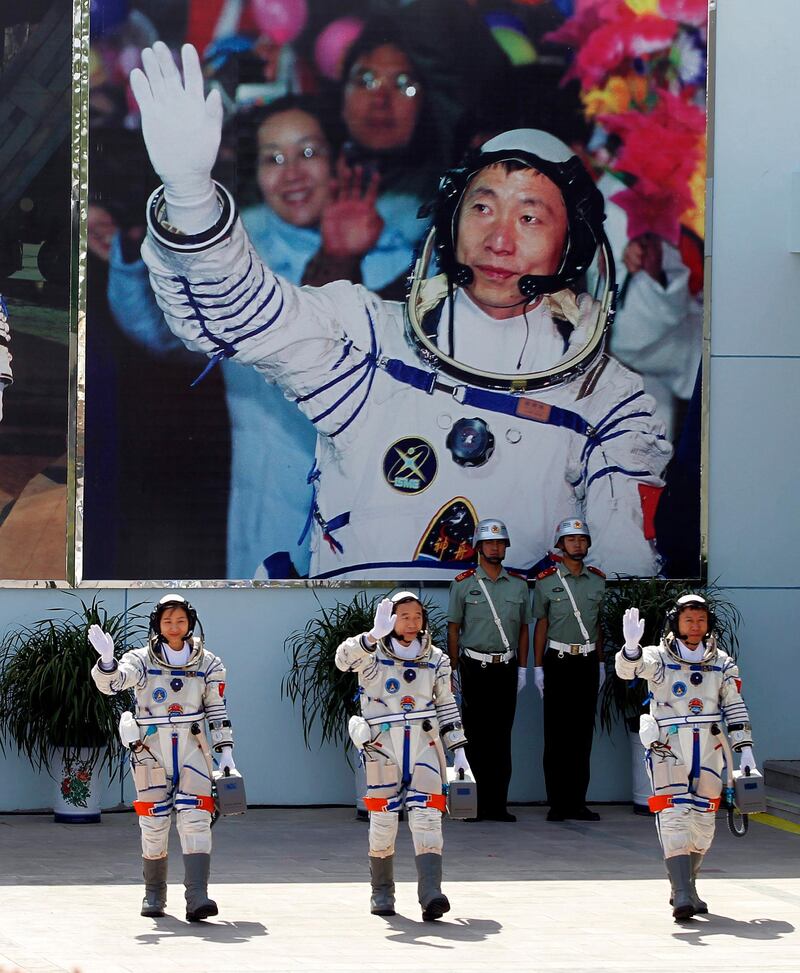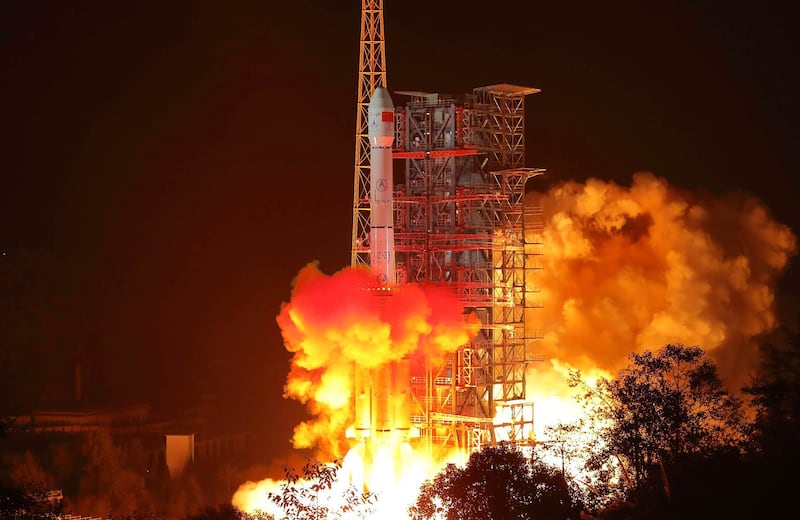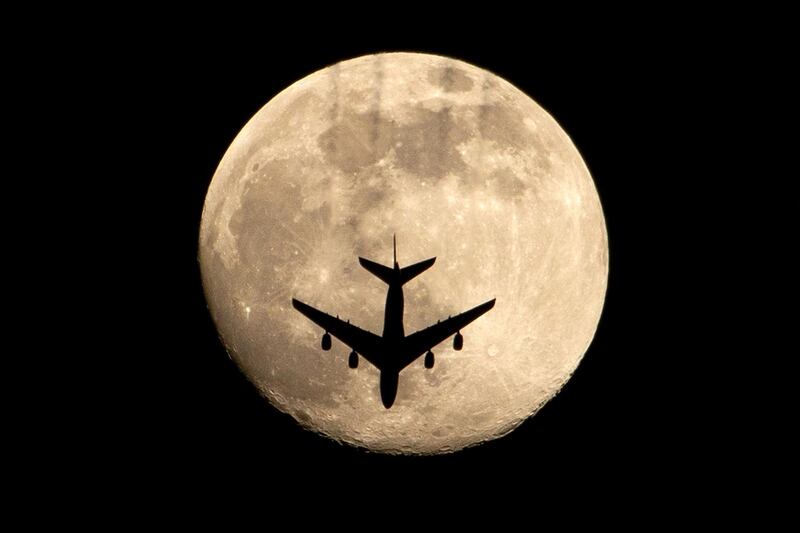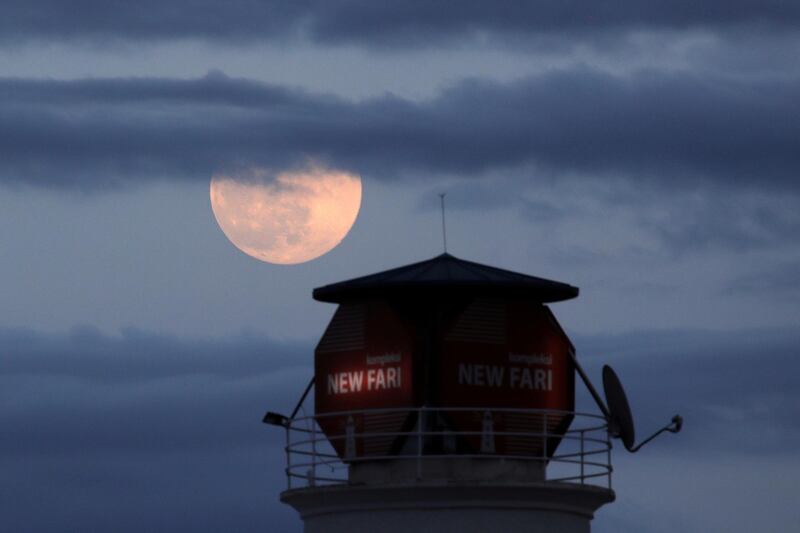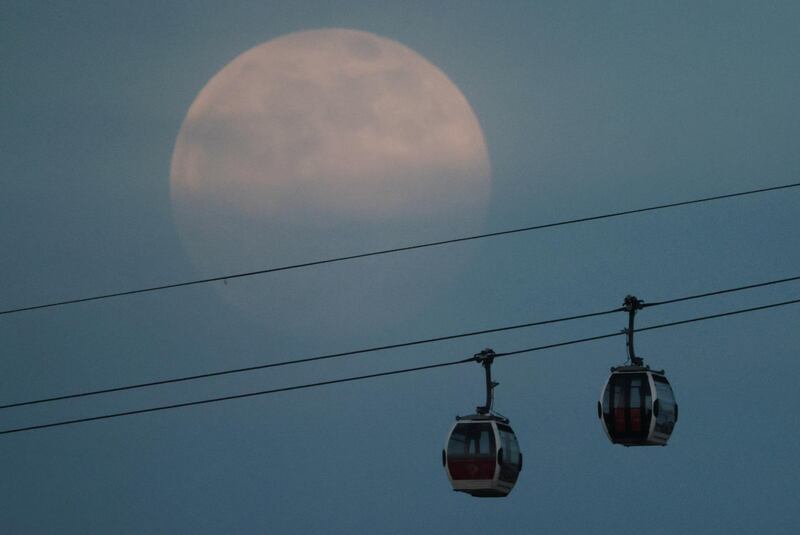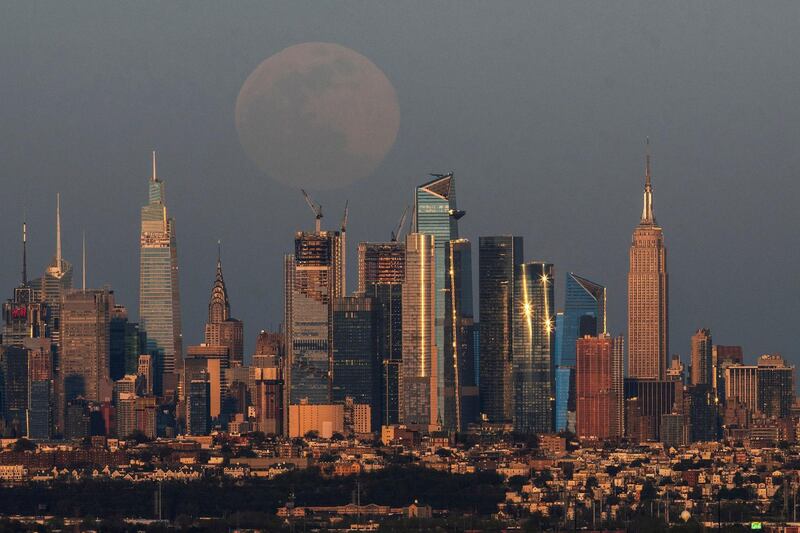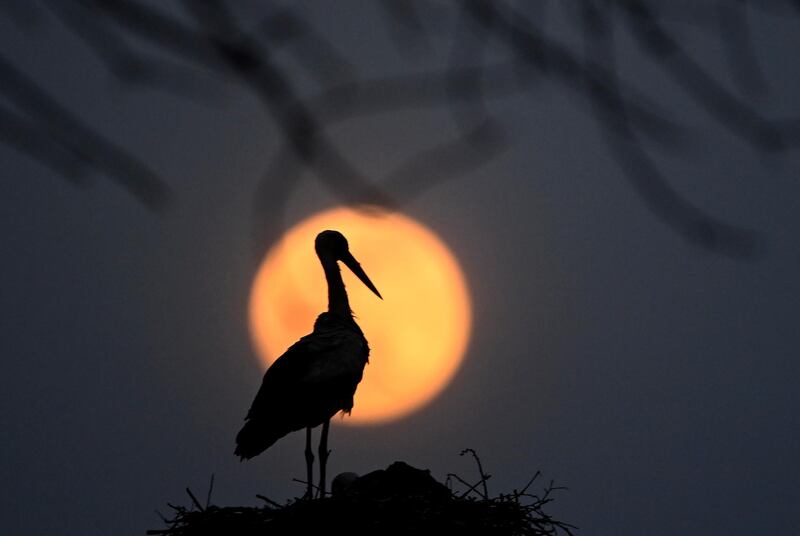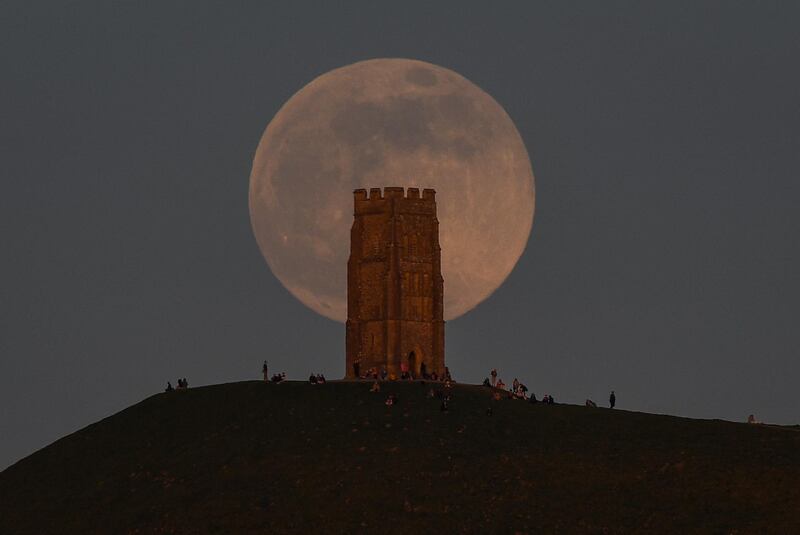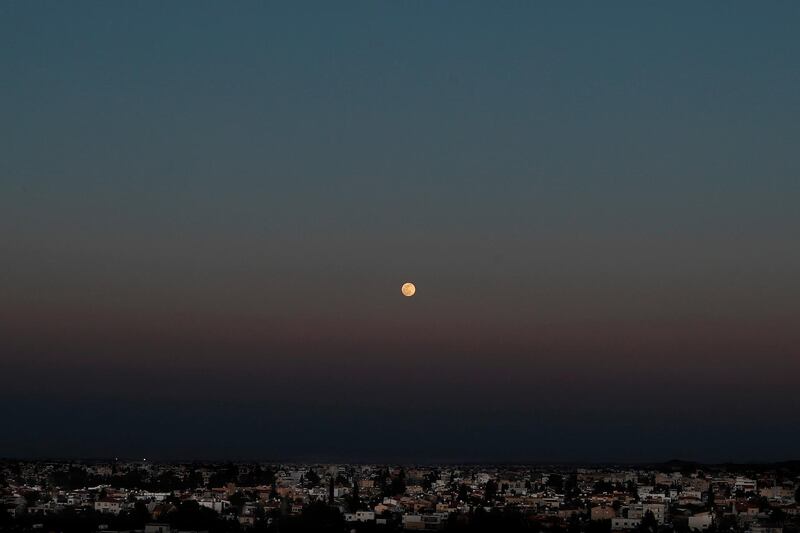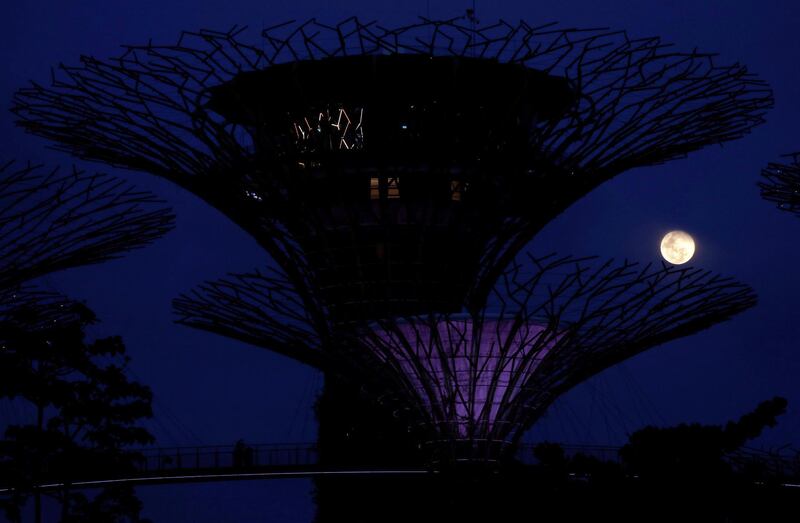An enormous research station to be built on the Moon by Russia and China will feature hopping robots, intelligent mini-rovers and modules for scientific exploration.
Chinese and Russian space officials revealed plans to build the International Lunar Research Station at the Global Space Exploration Conference in St Petersburg on Wednesday.
The proposal involves sending several Chinese and Russian missions to the Moon over a 15-year period from 2021 to 2036.
Officials said international partners would be required to make the project more cost-effective and boost the speed of research.
“This roadmap was formulated based on the multiple exchanges and discussions between Chinese and Russian engineering groups. It includes the definitions, functions, compositions and development path for the ILRS,” said Yanhua Wu, vice administrator at the China National Space Administration.
“The station refers to very complex experimental research facilities to be constructed with the possible attraction of other countries, international organisations and partners. On the surface, or in the orbit of the Moon, there are designs for multiple multipurpose scientific research activities.”
Facilities and timeline
Five facilities and nine modules are planned for the station, intended to support long and short missions to the Moon's surface and orbit.
The facilities include a CisLunar transpor facility to support round-trip transfer between Earth and the Moon, lunar orbiting, soft landing, take-off on lunar surface and re-entry to Earth.
A long-term support facility on the surface will include a command centre, energy and supply modules, and thermal management.
The lunar transport and operation facility will help modules to move – or hop – on the surface, and support excavation or sampling.
The other two are the lunar scientific facility, which will enable in-orbit and surface experiments, and the ground support and application facility.
Designs include a "hopping robot" and smart mini-rovers that would move around the surface of the Moon.
The plan is to launch six missions by 2025 during phase one of the station’s construction.
“We would like to co-operate with Russia by launching China’s CE-4, CE-6, CE-7 missions, as well as the Russian Luna-25, Luna-26, and Luna-27 missions,” Mr Wu said.
"Phase two is the construction phase. We have two sub-stages. Stage one refers to the period from 2026 to 2030 and we have two missions planned during this period, which are the Chinese CE-8 and Luna-28.
Stage two of the second phase involves completing the in-orbit and lunar surface facilities for energy, communication and transport.
Phase three will take place after 2036, when the ILRS has been mostly completed and humans can carry out research and exploration.
The need for a global effort
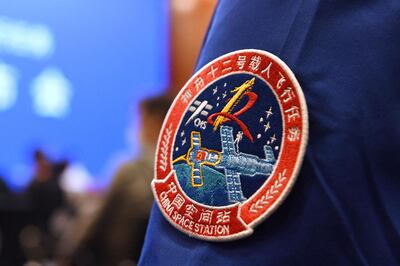
Sergey Saveliev, deputy director general for international co-operation at Roscosmos, said it was important to have international partners.
Since the collaboration between Russia and China on the ILRS was announced in April, both countries have called on other nations to join the project.
"Russia and China are actively offering the idea of co-operation, and offering an option to participate in the ILRS project," Dr Saveliev said.
“This option is offered to leading space agencies and high-profile organisations working in space.”
The European Space Agency is already involved and Saudi Arabia and the UAE have shown interest.
An official invitation letter will soon be sent out to countries that are considering taking part.
During the presentation, Chinese officials outlined ways in which other agencies could become involved, including collaboration in engineering, testing, launching and assembly.
US space agency Nasa is building its own research station to orbit the Moon, called the Lunar Gateway. As part of that programme, an uncrewed mission to the Moon, Artemis 1, is planned for this year, and a crewed mission by 2024.
Under US law, Nasa is prohibited from engagement with Chinese-affiliated organisations to protect American companies from espionage. But Beijing has emerged as a space power using its own technology.
It has landed a mission on the Moon, brought back lunar samples, sent an orbiter around Mars and landed on the surface.
On June 17, three Chinese astronauts are launching into space for a mission to the Tianhe core module of the Chinese space station.
The roadmap for the ILRS was made available online by the Chinese space agency.
